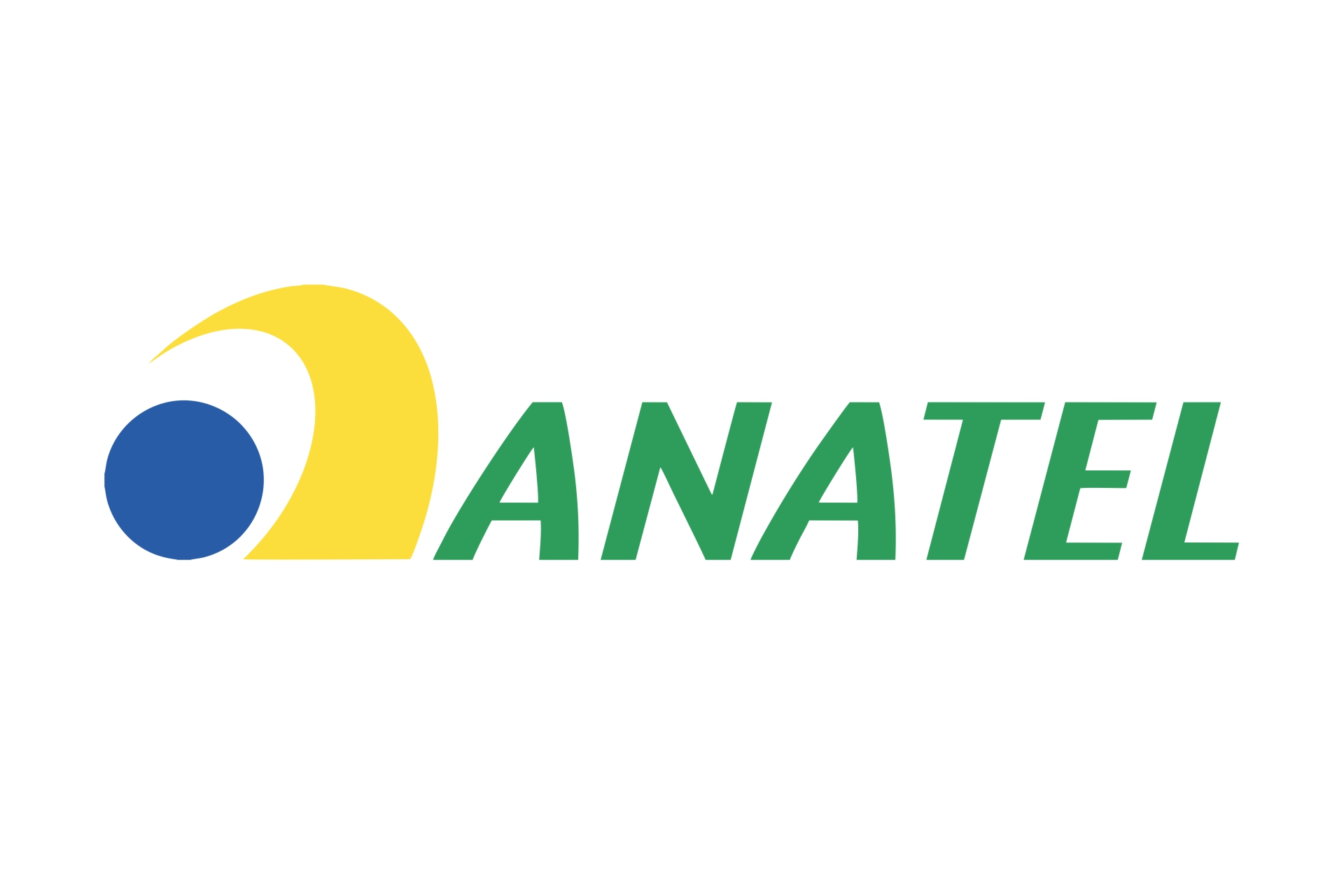What is INMETRO? - Solufy Brazil Holder

INMETRO is the acronym for National Institute of Metrology, Quality and Technology (Instituto Nacional de Metrologia, Qualidade e Tecnologia). Its mission, as it is on its site, is “enabling quality infrastructure solutions that add confidence, quality, and competitiveness to the products and services provided by Brazilian organizations, in favor of economic prosperity and the well-being of our society”. But how does that apply to practical life? Or even better, how does it apply to medical devices?
First and foremost, INMETRO does not act alone. It has several certificated bodies (accredited by it, i.e., that INMETRO “trusts”) to guarantee that some products sold in Brazilian soil are safe and usable. After the product is sent to one of these bodies, they get tested and, if approved, they get a certificate and an INMETRO stamp, saying that the product is safe for use.
There are a lot of products in INMETRO’s scope, from everyday things (like sockets, toys, ovens, and microwaves) to some specific industries products (as steel cables, automotive components, concrete, and so on). Some of these products can be very dangerous if they malfunction and can harm (or even kill) someone if not properly manufactured. For example, a gas oven: if the project and execution are not done correctly, it could have a gas leak and explode a house. There are more than 140 different categories of products that INMETRO regulates, and the list is very variable.
But how does it work for medical devices and health products? As we told before, there are many different items that INMETRO regularizes. If we look at products of interest to health, we will find needles, some food packings, electric medical devices, breast implants, gloves, hospital beds, and many others. All of them have some class of harmfulness that must be mitigated in order to be sold in Brazil. Let’s give an example of how to regularize a product with INMETRO: Let’s say you would like to sell in Brazil (importing or manufacturing, it doesn’t matter) a monitor that would be attached to a lung catheter. Since the monitor is an electric device, it could give shocks (to the patient or the user), it could not provide proper images, it could not work properly and so on, so it must have INMETRO.
You (or your representative in Brazil) contacts one of the approved certified bodies, start a process (by sending documentation and samples) to get it approved in the certified body. After its approval, it will get a certificate saying that the monitor is safe, works fine, and can be sold on Brazilian soil. And that’s it (for INMETRO at least; of course, it still must be going to ANVISA’s approval, but this is the first step).
If you are having any troubles with INMETRO approval, just contact us and we will be glad to help you out.

